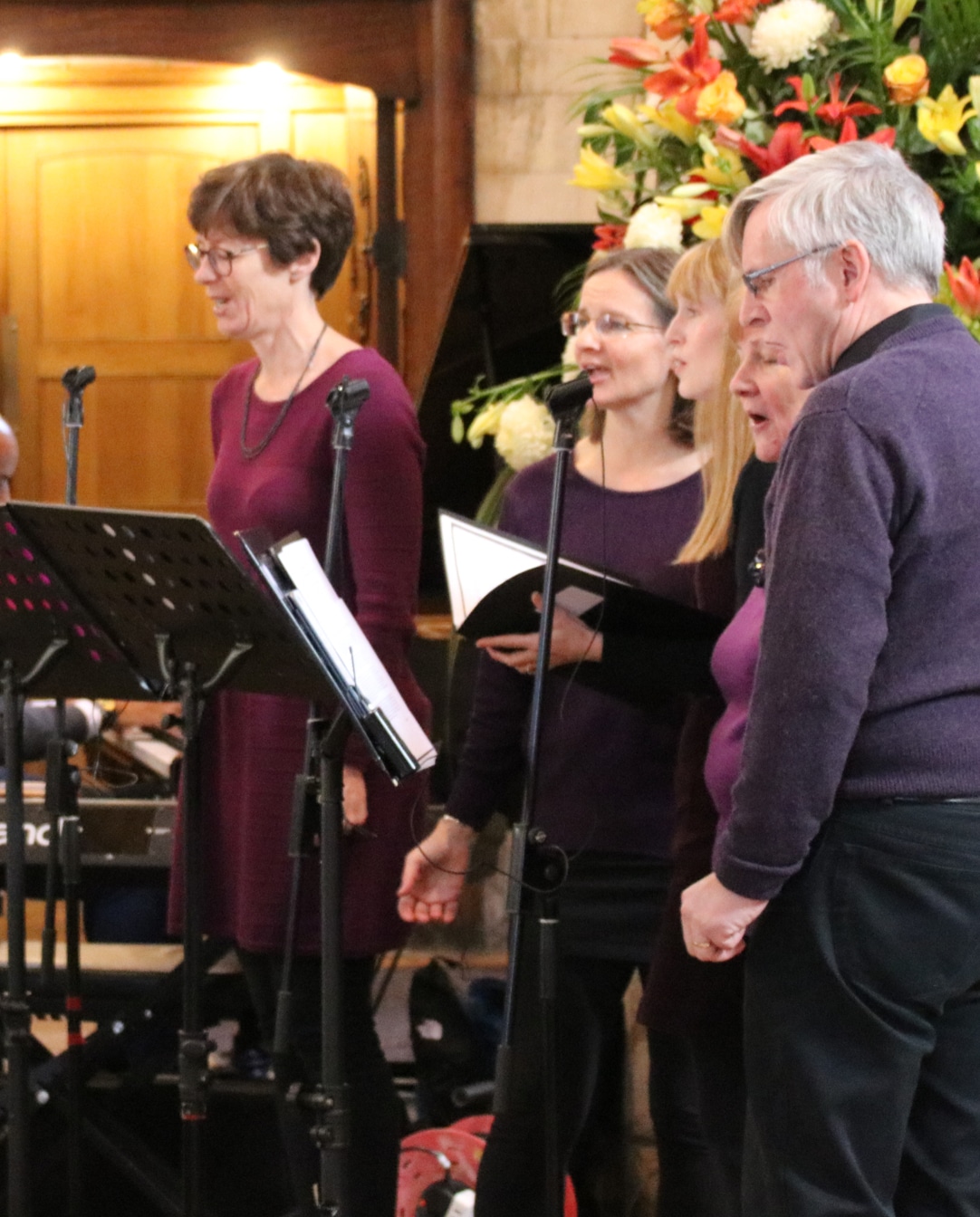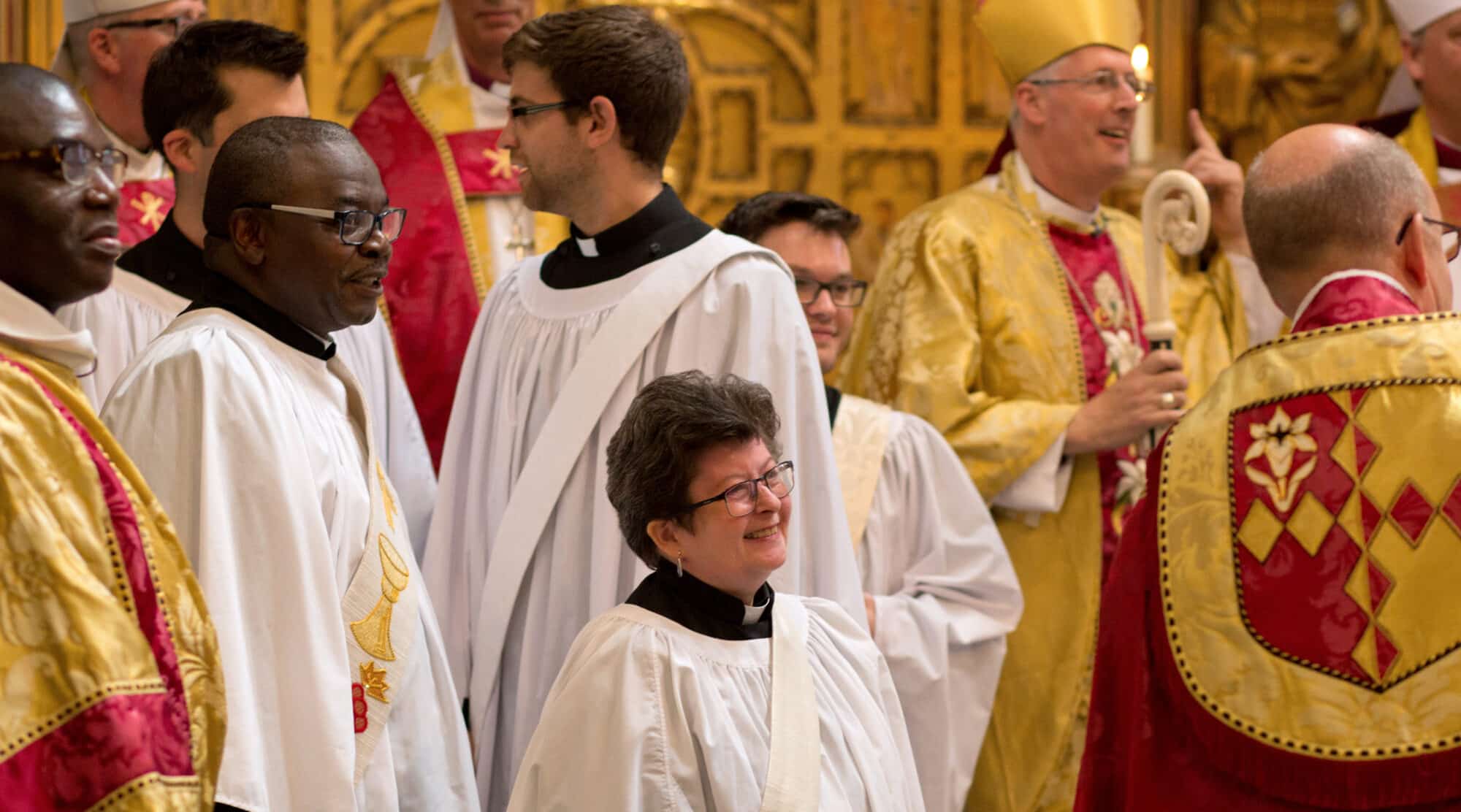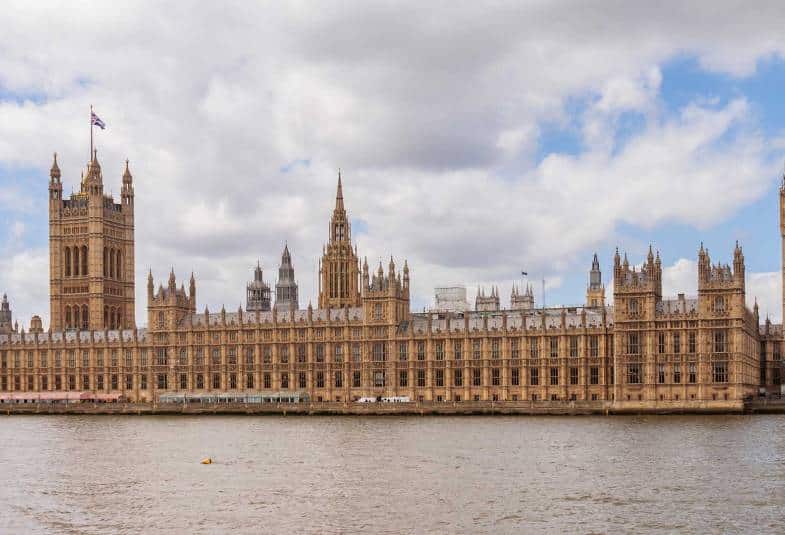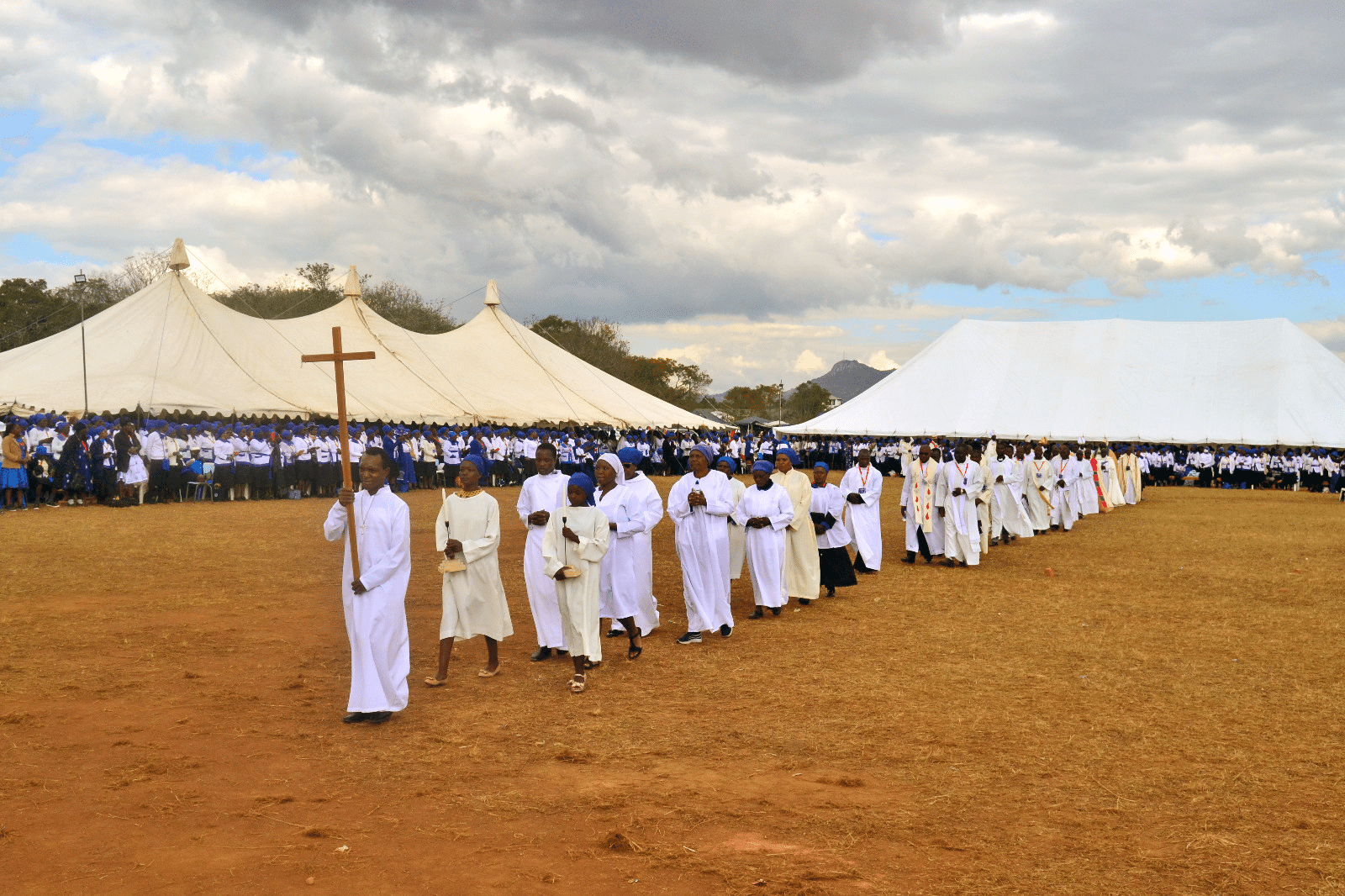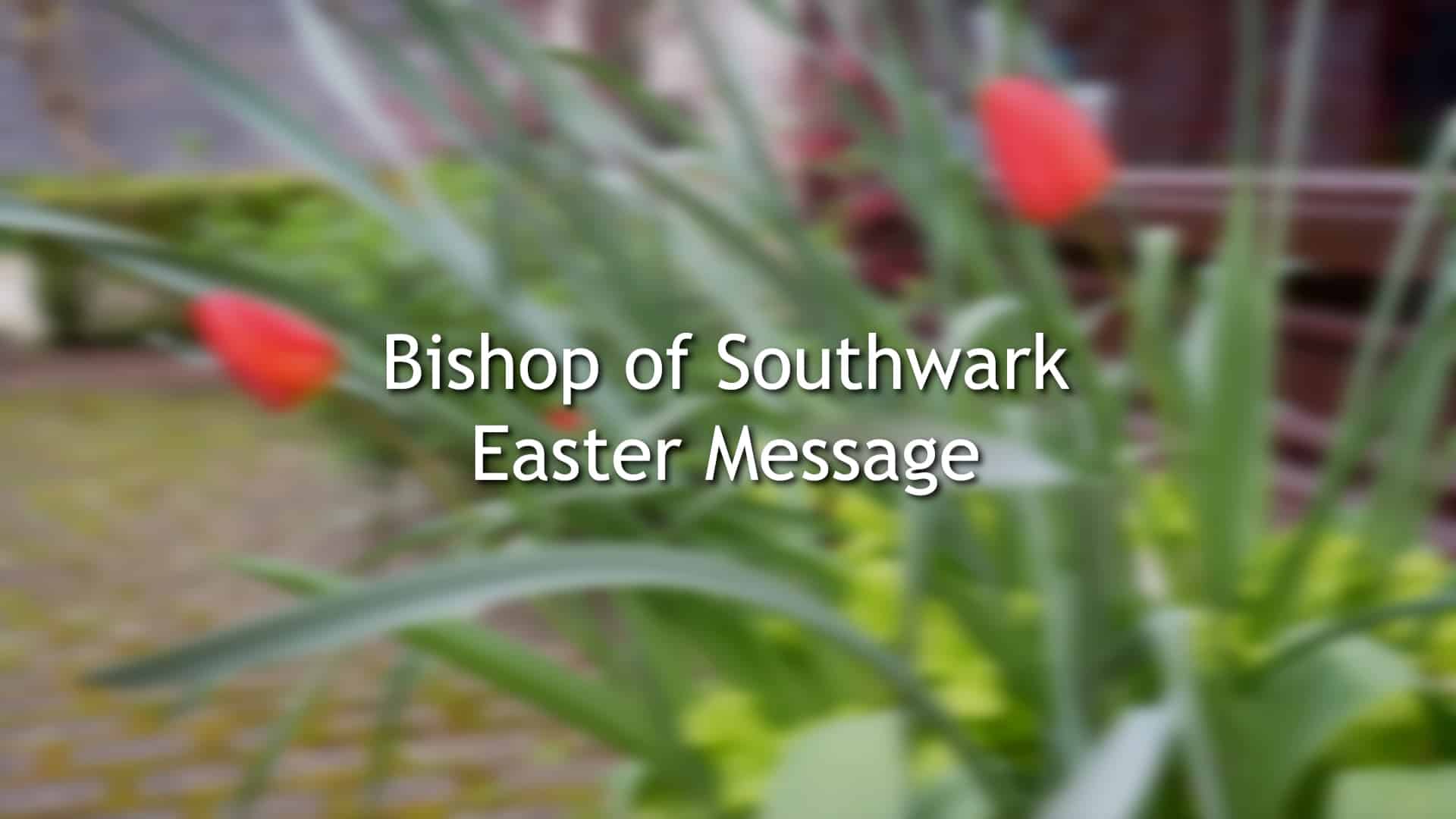Written by Duncan Gregory, Church Buildings Officer
Adapting church buildings to respond to last year’s General Synod vote to achieve net zero carbon emissions by 2030 may seem daunting. But it doesn’t need to be. In one of her recent webinars on net zero, Catherine Ross from the Church Buildings Council staff paraphrased Anne Marie Bonneau, saying “We don’t need a handful of people doing zero waste perfectly. We need millions of people doing it imperfectly”.
We estimate that on average each church building in the Southwark Diocese emits 22.5 tonnes of carbon dioxide every year. Adding this up across our 348 church buildings we emit 7800 tonnes of CO2 annually. To put this in perspective, the average tree will capture approximately 7 tonnes of CO2 during its life. So to offset the emissions from our church buildings by tree-planting alone we would need to plant 1115 trees every year.
Cloudesley Sustainable Church Buildings Project
The task of reducing our carbon emissions can start gradually. It doesn’t necessarily mean big-ticket expenses like roof insulation and solar panels. Work by the Islington-based Cloudesley Sustainable Church Buildings Project and the Diocese of London looked at the impact of different measures in reducing carbon emissions in church buildings. They classified them by their effectiveness and their cost. The results came up with a list of things which are low cost but have a high impact.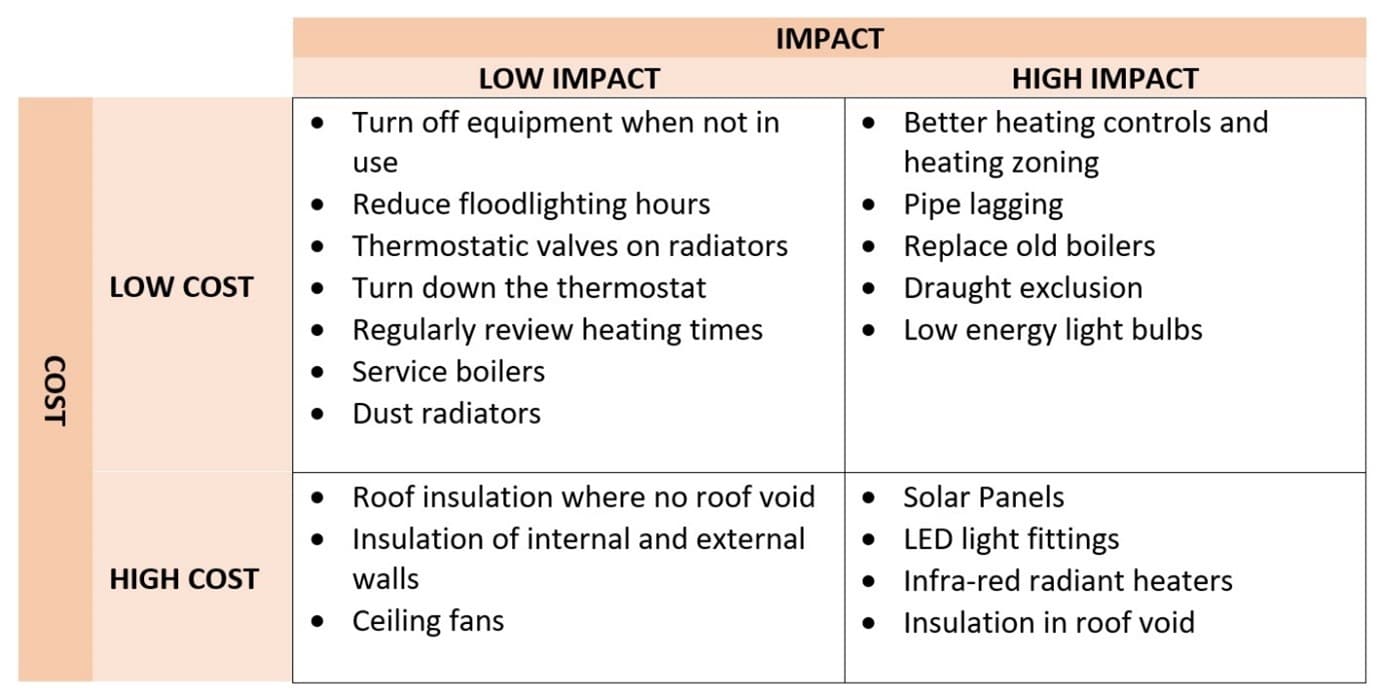
There’s nothing very glamorous about lagging pipes and controlling draughts but they’re the first step on the road to being carbon neutral.
Practical Path to Net Zero
The Cloudesley research is echoed by the Church Buildings Council’s new ‘Practical Path to Net Zero’ advice. The Practical Path was created using advice from a range of professionals and the research from a church energy audit programme. The result is a two-page summary of cost-effective steps that congregations can take to reduce the carbon footprint of their church building. There is also now a questionnaire to help congregations keep track of their progress (alongside other tools like the A Rocha UK Eco Church project). These resources are accompanied by a series of webinars. You can view recordings of previous webinars, and book for upcoming events.
The Practical Path to Net Zero website is a great place to begin tackling the net zero target for church buildings.
National trends
National trends can also help, if we let them. Developments in technologies such as wind and solar power mean that the National Grid is rapidly decarbonising. Last year the UK went for a record 67 days without burning coal to produce electricity. By switching to green-energy suppliers parishes are ensuring that their electricity is not polluting the planet. In a survey last year only 32% of parishes reported they were sourcing their electricity from green suppliers, even though this is now often the cheapest option. Green-energy packages are available from ParishBuying.
By starting down the path to net zero and adopting some of these practical measures we are making a difference. We are becoming some of the millions of people whose imperfect contributions will make a difference globally.
